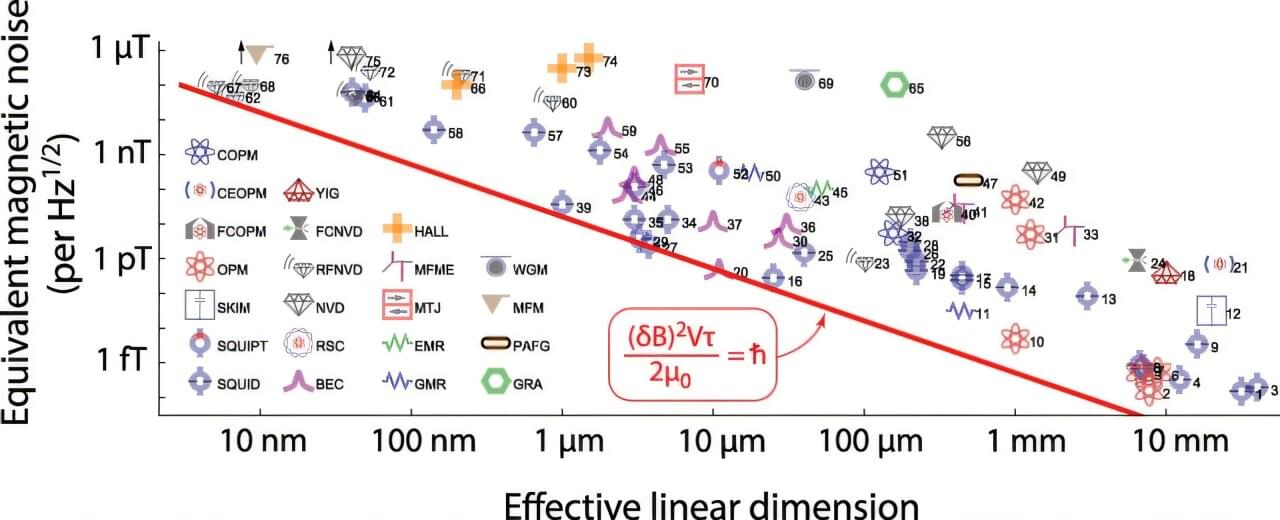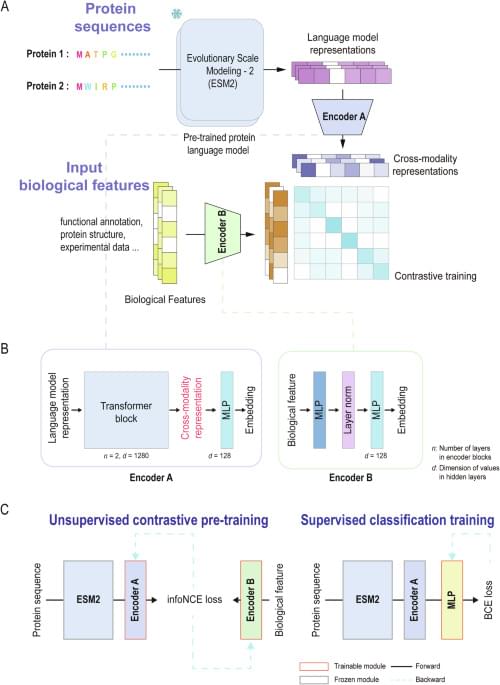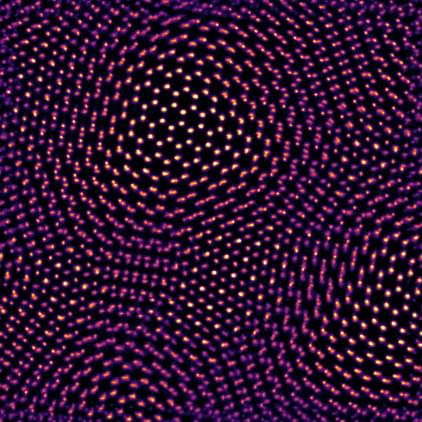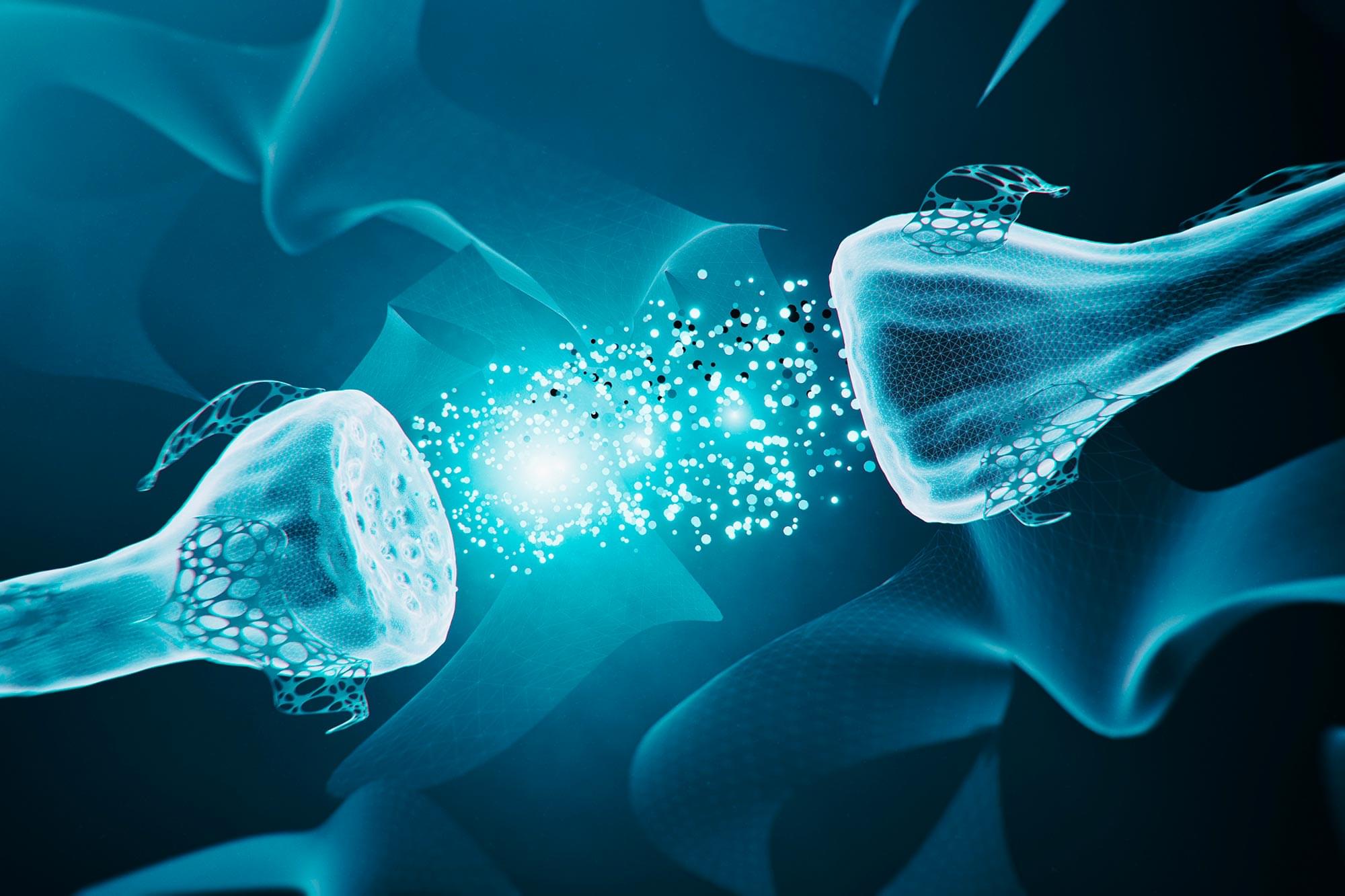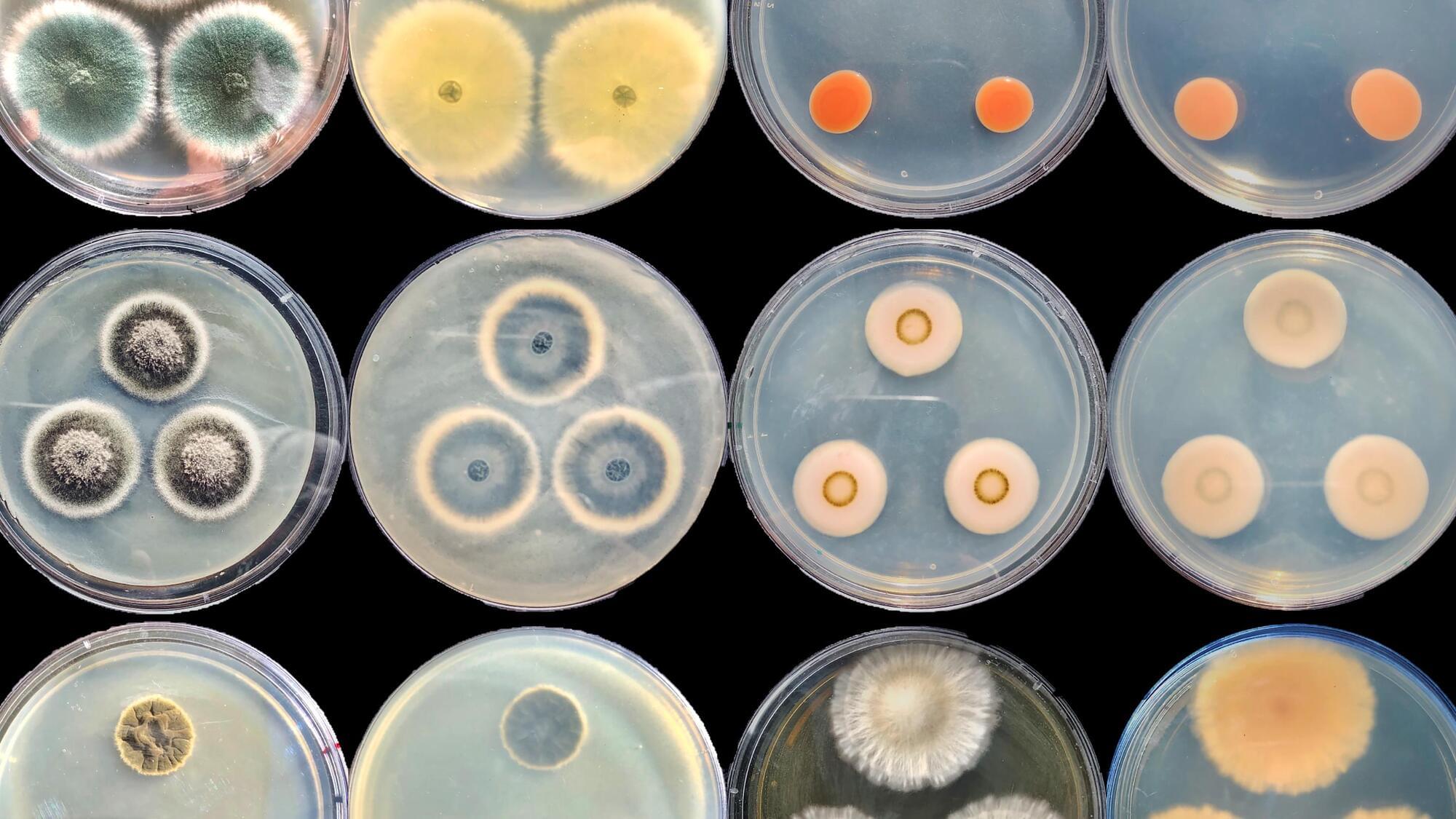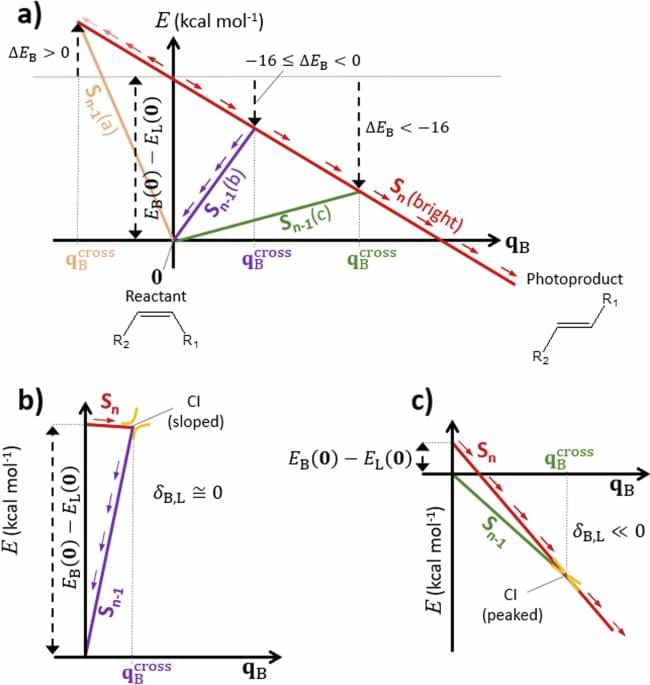This is a draft version of the Brain Emulation Challenge video.
This version is intended for an audience with some neuroscience background or interest.
This video is provided with the hope to generate useful critical feedback for improvements.
Why take the brain emulation challenge? Why take a challenge that is providing virtual brain data from generated neural tissue?
If your system identification and reconstruction method successfully discovers the neural circuit and translates its meaningful cognitive function, which was hidden in the data your method analyzed, and about which we know everything, for which we can verify and validate exactly how well the reconstructed result performs a specific function, then we have much stronger reason to believe claims about reconstructions and discovered function from unknown biological neural tissue.
It is a way to test qualitatively and quantitatively if a proposed method can indeed discover and extract what it is meant to find, establishing trust that it is able to deliver a specific and correct working model based on collected brain data.
